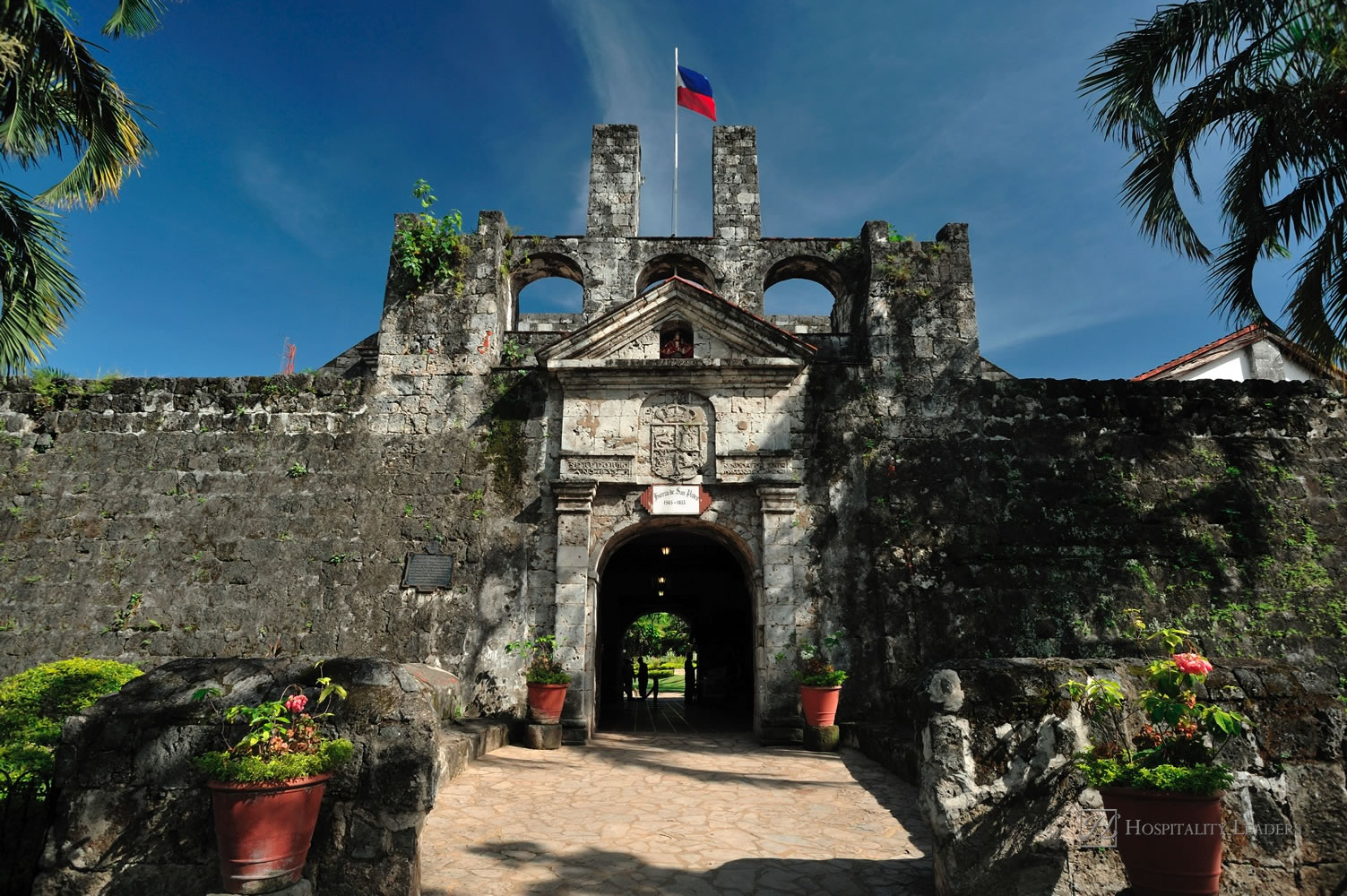
Synopsis
The report provides top-level market analysis, information and insights, including:
– Historic and forecast tourist volumes covering the entire Philippine travel and tourism industry
– Detailed analysis of tourist spending patterns in the Philippines
– The total, direct and indirect tourism output generated by each sector within the Philippine travel and tourism industry
– Employment and salary trends for various sectors in the Philippine travel and tourism industry, such as accommodation, sightseeing and entertainment, foodservice, transportation, retail, travel intermediaries and others
– Detailed market classification across each sector, with analysis using similar metrics
– Detailed analysis of the airline, hotel, car rental and travel intermediaries industries.
Summary
Travel and tourism in the Philippines contributed 8.5% to the national GDP in 2011, and accounted for 3.7 million jobs, representing 10.1% of the country?s total employment. Of the total jobs created through travel and tourism, 2 million were direct industry jobs, while 1.7 million were created through the travel and tourism supply chain. During the review period?(2007?2011), the total number of trips undertaken by residents, both domestic and outbound, increased from 19.6 million in 2007 to 28.5 million in 2011, registering a compound annual growth rate (CAGR) of 9.77% during the review period. While domestic trips increased at a healthy review-period CAGR of 11.30%, outbound tourism registered marginal growth at a CAGR of 0.32% due to the economic recession, lower disposable incomes and reduced spending by national residents.
Scope
This report provides an extensive analysis related to the tourism demands and flows in the Philippines:
– It details historical values for the Philippine tourism industry for 2007?2011, along with forecast figures for 2012?2016
– It provides comprehensive analysis of travel and tourism demand factors, with values for both the 2007?2011 review period and the 2012?2016 forecast period
– The report makes a detailed analysis and projection of domestic, inbound and outbound tourist flows in the Philippines
– It provides employment and salary trends for various categories of the travel and tourism industry
– It provides comprehensive analysis of the airline, hotel, car rental and travel intermediaries industries, with values for both the 2007?2011 review period and the 2012?2016 forecast period.
Key Highlights
– Travel and tourism in the Philippines contributed 8.5% to the national GDP in 2011, and accounted for 3.7 million jobs, representing 10.1% of the country?s total employment.
– According to the United Nations World Tourism Organization (UNWTO), the Philippines generated the sixth-largest inbound tourist volume in South-East Asia in 2011.
– The Philippines is considered as one of the top biodiversity destinations worldwide due to the high percentage of endemic plants and animals that are on the verge of extinction.
– The government of the Philippines initiated the ?super region? concept to develop central Philippines into a tourism hub by modernizing several airports and the Nautical Highway System.
– The Camarines Sur province accounted for the largest proportion of domestic trips, with an 8.2% share of total domestic trips. It was followed by Cebu with a 4.6% share, and Metropolitan (Metro) Manila with a 3.5% share.
– Nearly 61.4% of trips abroad were for leisure purposes, while 19.9% were for business purposes and 18.7% were for other personal purposes.
– Car rental market performance slowed down in 2011 compared to 2010 due to low growth of inbound tourist volumes. Inbound arrivals were impacted because of the eurozone debt crisis, political unrest in the Middle East and the tsunami in Japan. The significant rise in oil prices also impacted revenues in 2011.
– The high demand for travel services in the Philippines is encouraging international companies to enter the country, and several companies have also announced plans to expand their operations in the Philippines. As the market matures, it is important for online sites to offer enhanced functionality, security and ease of use to customers in order to compete effectively.

